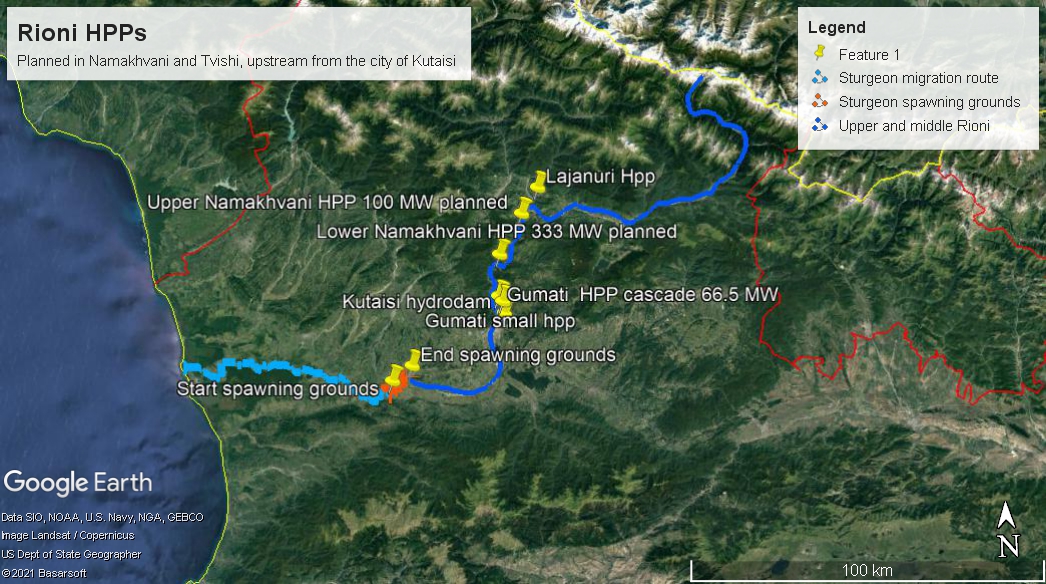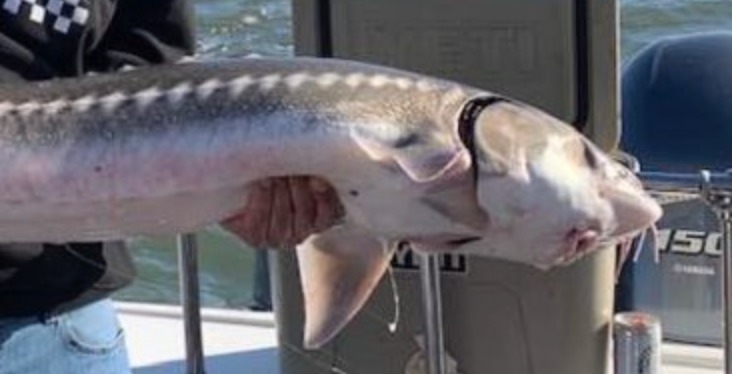On August 11th, 2021 the Ministry of Environmental Protection and Agriculture of Georgia has responded to the concerns raised by WSCS on the dam project in the upper Rioni River in the letter dated June 11th 2021.
The Ministry in its letter emphasizes that “the issues of sturgeon conservation in Georgia are under special attention and several international organizations (such as: WWW Caucasus Office, FFI Caucasus Program Office, etc.) work together with state and local organizations for their conservation”. While the Ministry indicates that the protection of the lower section of the river is of great importance and the planned actions include the maintenance and restoration of the existing spawning sites and migration routes, it further states that appropriate attention was given to the issues of sturgeon protection in the planning and implementation process.
In view of the Ministry, scientific and experts were sufficiently involved in commenting on possible impacts on the implementation of the Namakhvani project for sturgeons. Among other issues prior to the exploitation of the HPP, the operator of the power plant shall submit an agreement with the existing HPPs on the Rioni River, information on changes in the Rioni river water regime caused by HPP operation and increased turbidity prepared on the basis of additional detailed studies and, if necessary, information on compensatory measures in relation to the aquatic biodiversity. While in view of the results of additional studies on sturgeons and aquatic biodiversity, the reservoir flushing regime and periodicity should be agreed between the power plant operator and the up- and downstream HPP operators. On which basis these agreements are reached is left open. “Studies defined in the conditions, among others, should include all aspects of the impact on sturgeons, relevant findings and recommendations”; while “the compliance with the regulations is ensured by the relevant structures of the Ministry” it is stated. Based upon the response received, the implementation of the countermeasures as well as the assessment of the impact remains to be verified. The good news that concluded the response was that the initially planned water diversion from the neighbouring catchment is not part of the project operation any more.





